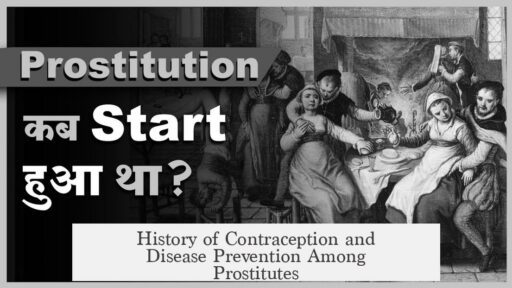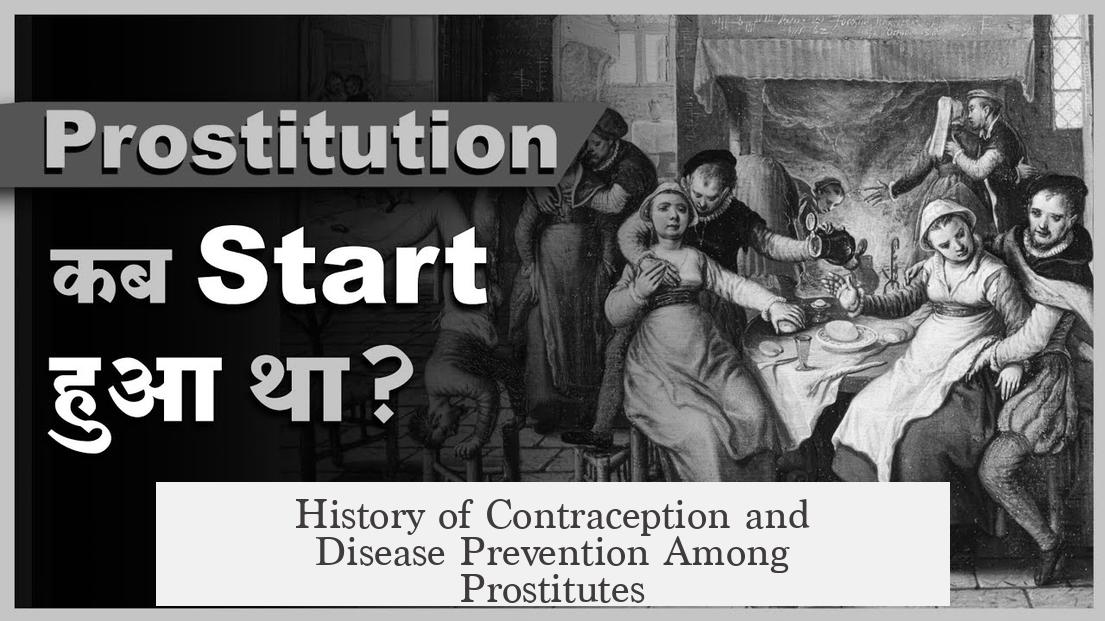Throughout history, prostitutes employed various methods to protect themselves against pregnancy and venereal diseases. These methods ranged from crude physical barriers and herbal remedies to regulated medical examinations and treatments.
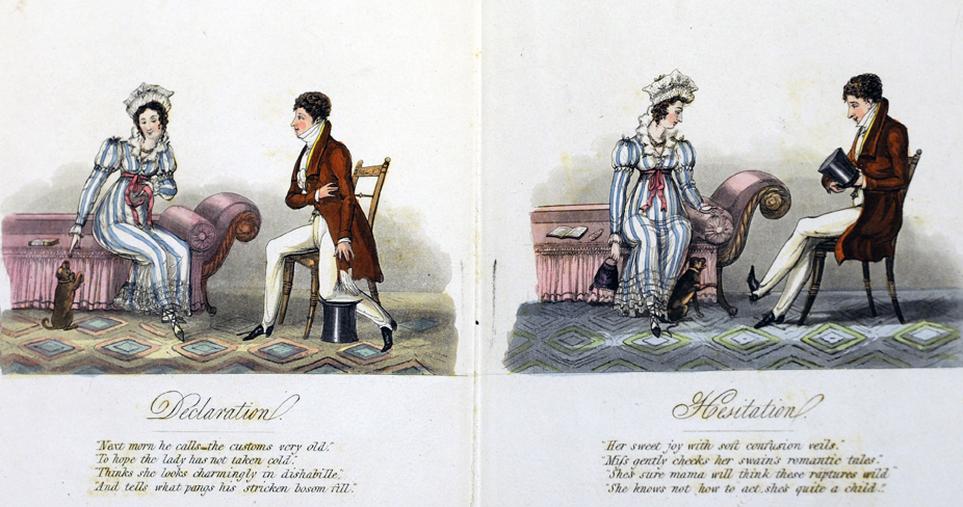
Physical barrier methods emerged early in history, with significant regional variations. In Victorian Britain, prostitutes used condoms made from sheepskin or lambskin. Although effective against some venereal diseases, these condoms carried a social stigma. Ancient Egyptians had a unique practice where women inserted crocodile or alligator dung into the vagina to block sperm, acting as a primitive contraceptive. Similarly, some historical reports mention the use of lemon halves as crude cervical caps, possibly inspired by Cassanova’s techniques, to create a physical barrier in the cervix.
Herbal contraceptives were another common approach. In Ancient Greece, medical practitioners like Soranus of Ephesus recommended smearing ginger and pomegranate around the vagina to kill sperm. Similar herbal practices existed in East Asia; women in China and Japan drank specific herbal teas after intercourse to reduce the likelihood of pregnancy. Though the efficacy of these methods is uncertain, they formed part of traditional practices aiming to balance fertility and protection.
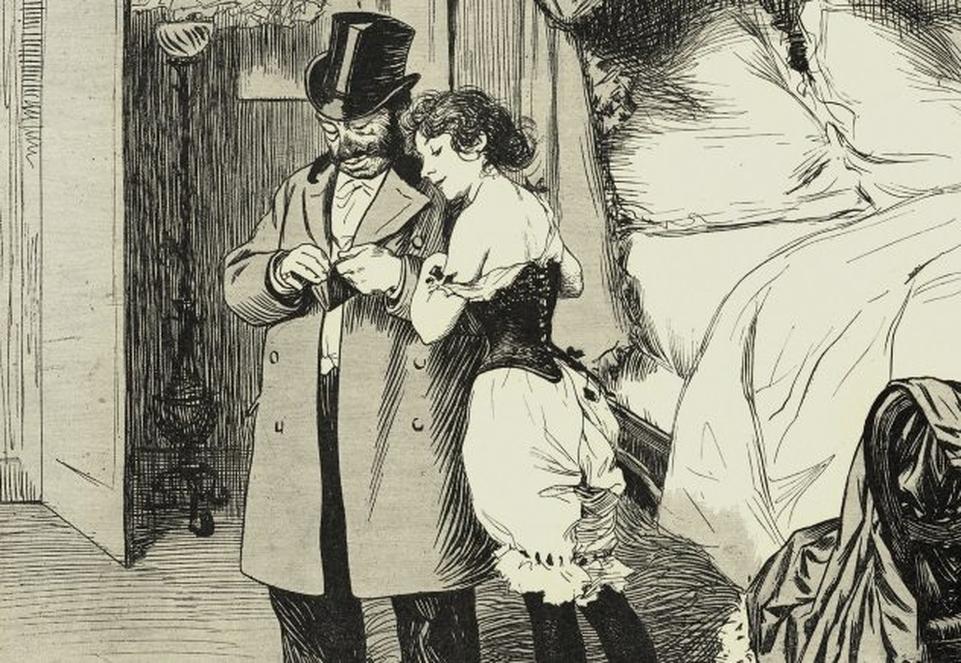
Besides physical and herbal means, behavioral strategies were used. The pull-out method, where men withdraw before ejaculation, was practiced across various cultures to reduce conception risk. Calendar-based contraceptive methods had early traces in some ancient societies up to 600 AD, although reliable use and understanding likely varied.
When contraception failed, more drastic measures were taken. Abortion methods date back millennia and were often seen as necessary. They included using herbal abortifacients such as rue, pennyroyal, sage, or white and black hellebore, alongside physical interventions like massage or heat application. Historical records describe some infamous practices involving wire instruments in the 19th century, highlighting the lengths women would go to terminate unwanted pregnancies. Moreover, infanticide, though tragic, appears in some historical contexts as a grim solution to unwanted births among prostitutes.
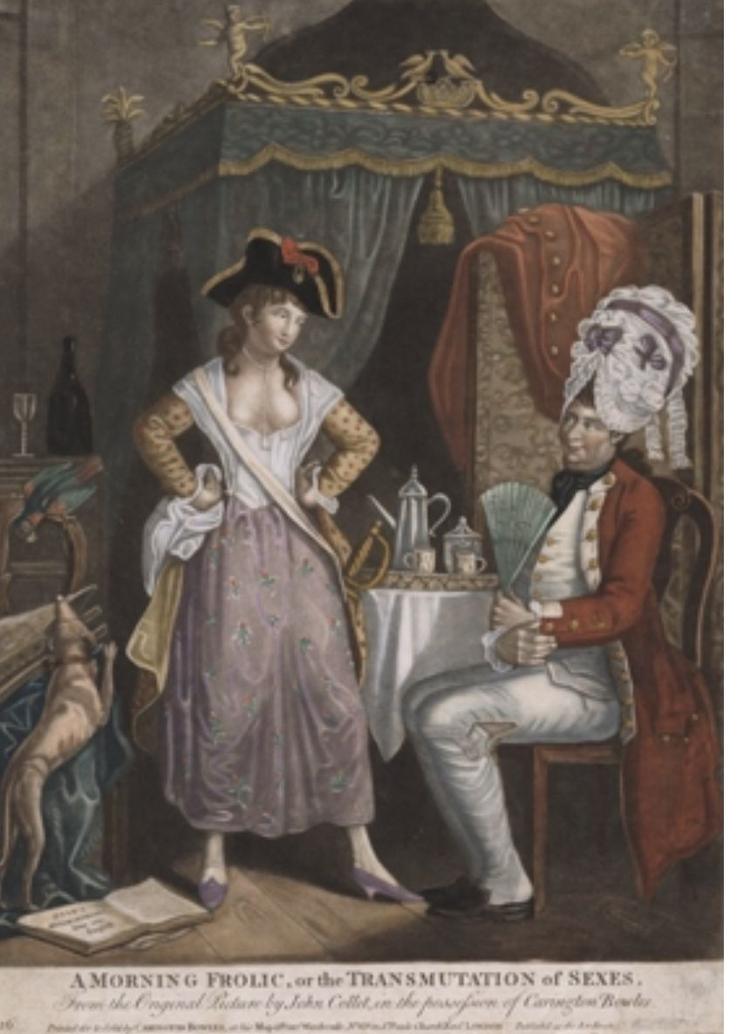
Venereal disease prevention extended beyond contraception. Hygiene was central in many ancient cultures. Egyptians, Greeks, and Romans emphasized regular bathing as a means to combat infection. Public and private baths served as hygiene centers, particularly for those engaged in sex work. Male circumcision was practiced in some cultures, like among Egyptians and Jews, because it was believed to reduce infection risk.
In the 19th century and colonial periods, legislation and medical oversight became more prominent, especially in Europe and India. France mandated regular medical examinations of prostitutes to curb venereal disease spread, a practice famously depicted in Toulouse-Lautrec’s art. British India implemented the Contagious Diseases Acts (1864-1869). These laws enforced compulsory medical exams for prostitutes and isolated infected individuals in lock hospitals for up to three months. However, men were not routinely examined, with concern focused primarily on soldiers’ health rather than on prostitutes themselves.

Treatment of venereal diseases evolved slowly. Prior to modern venereology, gonorrhea was managed with urethral lavages, antiseptics such as alum or zinc sulfate, and later silver nitrate solutions. Syphilis treatment often involved mercury injections, which had mixed results and toxic side effects. Debates about the safety and efficacy of mercury persisted into the 19th century.
Cultural nuances also shaped these practices. For instance, historical anecdotes mention Latin slogans like “tutela valui” (“I have always been diligent about using protection”) tattooed on prostitutes. During the witch hunts of the 14th and 15th centuries, supplying abortifacients could result in accusations of witchcraft, reflecting the social and legal challenges surrounding reproductive control in sex work.
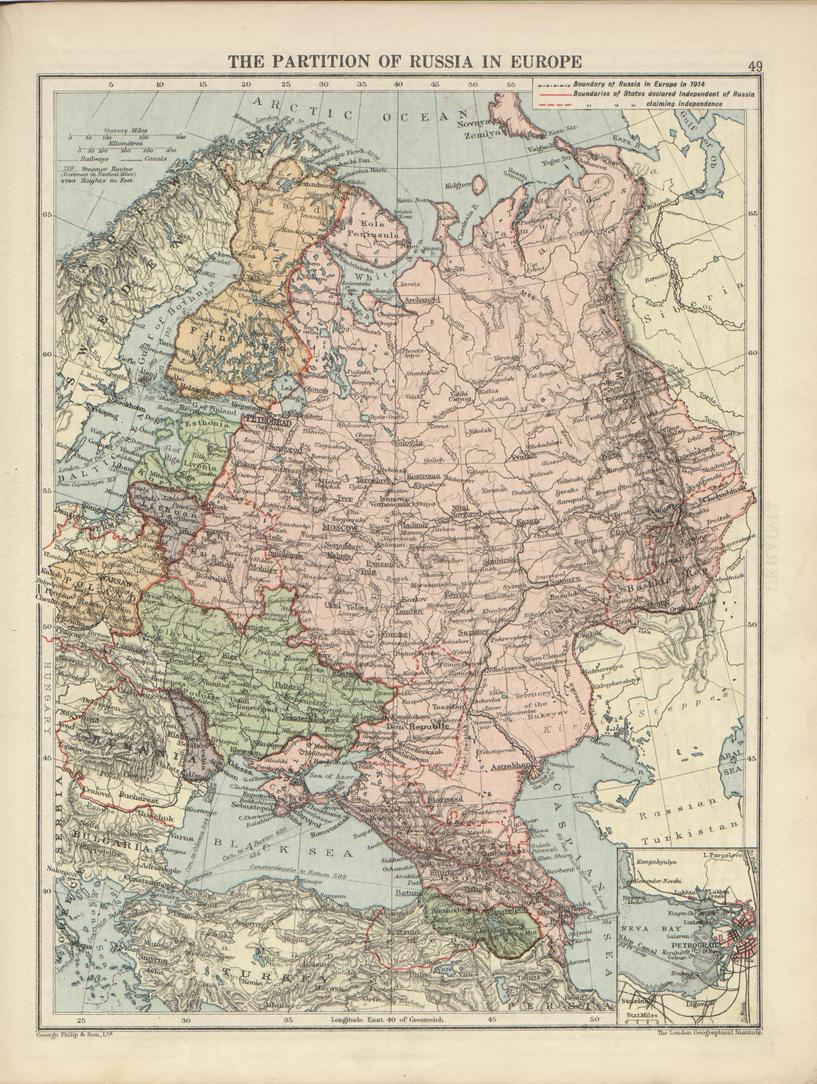
| Method | Details | Region/Period |
|---|---|---|
| Sheepskin/Lambskin Condoms | Barrier contraception and disease protection | Victorian Britain |
| Crocodile Dung Barrier | Inserts to block sperm entry | Ancient Egypt |
| Herbal Contraceptives | Topical and internal herbal applications to prevent pregnancy | Ancient Greece, China, Japan |
| Pull-out Method | Withdrawal before ejaculation | Various cultures historically |
| Regular Medical Examinations | Compulsory health checks to detect venereal diseases | 19th century France, British India |
| Mercury Treatment | Toxic syphilis treatment via injections | Pre-20th century worldwide |
- Prostitutes historically combined physical, herbal, and behavioral methods to control pregnancy and disease.
- Hygiene and bathing played a vital role in preventing venereal diseases.
- Medical supervision, especially in the 19th century, became a regulatory approach to reduce infection.
- Abortifacients and abortion were harsh but common alternatives when prevention failed.
- Some treatments, like mercury for syphilis, were risky and toxic but widely used.
How Did Prostitutes Throughout History Protect Themselves Against Pregnancy and Venereal Disease?
Prostitutes throughout history used a wide range of creative and sometimes bizarre methods to guard themselves against pregnancy and venereal disease. From crocodile dung in ancient Egypt to sheepskin condoms in Victorian Britain, their protection strategies reveal a fascinating mix of ingenuity, desperation, and limited medical knowledge. Let’s dive into the details of their historic toolkit and see just how resourceful—sometimes ingenious, sometimes grim—these women had to be.
Barrier Methods: When Protection Meant Getting a Little… Sticky
We tend to think of condoms as a modern invention, but that’s far from true. In Victorian Britain, for example, prostitutes often used condoms made from sheepskin or lambskin. Imagine trying to sell that concept in a time when condoms had a “stigma” worse than stepping on a Lego barefoot. Despite the stigma, these were one of the few physical barriers available to reduce the risk of disease transmission.
Going further back, ancient Egyptians turned to something that may make you scrunch your nose: crocodile dung. Yes, apparently, women inserted crocodile or alligator dung as a sort of primitive “plug” to stop sperm from reaching the uterus. Unpleasant? Absolutely. Effective? Hard to say, but any barrier was better than none.
Meanwhile, in European history, lemons earned a peculiar place in contraception. The “lemon half” allegedly served as a crude cervical cap to block sperm entry, a trick famously attributed to Casanova. That’s right—while he was wooing his lovers, he was also relying on citrus fruits to keep the family size down. Other citrus fruits may have been used, but lemons take the credit in historical records.
Herbal and Natural Contraceptives: Mother Nature’s Protection Squad
Many ancient cultures swore by herbal remedies for contraception. The Greeks, for example, had the physician Soranus of Ephesus recommending women smear ginger and pomegranate juice around the vagina to kill sperm. Whether or not that worked scientifically is up for debate, but it shows how herbal blends played a role in fertility control.
Over in East Asia, China and Japan had herbal teas brewed for contraception. Every time a woman or prostitute had intercourse, she was said to drink a special tea believed to prevent pregnancy. That’s multitasking at its finest: savoring an herbal tea while practicing birth control!
There’s also evidence for calendar-based methods, used as far as 600 AD, relying on timing intercourse around fertile cycles. This method wasn’t very precise—imagine trying to keep track of cycles without modern calendars—but it’s interesting that early societies tried to “outsmart” nature with timing alone.
Hygiene and Disease Prevention: Cleanliness Is Next to… Longevity
Across ancient Egypt, Greece, and Rome, good personal hygiene was considered essential in preventing venereal diseases. Public and private baths were frequent stops after visiting baths or brothels, where prostitutes could wash away some of the risks associated with their trade. Perhaps not foolproof, but cleanliness was the most straightforward prevention method available.
Ancient peoples also practiced male circumcision, believing it improved cleanliness and reduced chances of venereal diseases. Though this tied into religious and cultural contexts, it doubled as an early disease prevention strategy.
Behavioral Methods: Pulling Out Isn’t Just a Modern Idea
The pull-out method, often maligned today for its unreliability, has ancient roots. Both married couples and prostitutes used this method to reduce pregnancies. In the absence of reliable devices, pulling out “just in time” was a preferred natural safeguard.
When contraceptive failure did occur, abortion was frequently a last resort. Far from being a “modern” medical invention, abortion techniques date back to prehistoric times. Various methods included herbal concoctions—rue, sage, pennyroyal among them—massage, heat application, and risky mechanical means. The infamous wire coat hanger method, popularized much later, has roots in desperate attempts to control unwanted pregnancies when other methods failed.
Sadly, when none of these methods worked, some prostitutes resorted to infanticide. Archaeological evidence, such as a Roman-era mass grave of babies, suggests that, at times, ending newborn life regrettably became the grim “solution” to unplanned births.
Regulation and Medical Oversight: The Double-Edged Sword
By the 19th century, authorities began to regulate prostitution in some places, aiming chiefly to control the spread of venereal disease. In 19th-century France, prostitutes endured compulsory medical exams. Imagine standing in line awaiting your turn for a doctor’s inspection—sketched famously by Toulouse-Lautrec. These exams often prioritized public health over the prostitutes’ welfare.
British India’s Contagious Diseases Acts (1864-1869) took this further. Prostitutes were regularly examined and quarantined in lock hospitals if infected, sometimes for up to 3 months. Men, especially soldiers, were rarely subjected to the same scrutiny. The government’s priority was keeping troops healthy rather than protecting women in the sex trade.
Medical Treatments for Disease: Mercury—Friend or Foe?
Before modern venereology, treatments were often harsh and dangerous. In British India before 1910, physicians treated gonorrhea using antiseptics like alum and zinc sulfate, and later with silver compounds. Syphilis, however, was tackled with mercury injections—using mercuric chloride or calomel. Mercury and syphilis treatment could be toxic, sometimes worse than the disease. Mercury poisoning could lead to death, a grim consequence of desperate medicine.
Debates about mercury’s efficacy went on, generating medical treatises arguing for and against its use, revealing how little was understood about safe treatments for sexually transmitted infections at the time.
Culture, Tattoos, and Historical Curiosities
A curious detail that modern history uncovered: Eliot Spitzer’s paid mistress reportedly bore a tattoo reading tutela valui, speculated to mean “I have always been diligent about using protection.” This phrase may have been more than personal—it could have been a historical slogan among prostitutes, symbolizing pride in self-protection.
Witch hunts of the 14th and 15th centuries sometimes targeted women accused of giving abortifacients or abortion potions, highlighting how society feared and punished women who sought to control fertility, often through clandestine means. These accusations underscored the dangers women faced both from disease and from persecution.
What Can We Learn From History’s Protection Methods?
Looking back at how prostitutes historically protected themselves demonstrates the persistent challenge of managing sexual health and fertility. Their resourcefulness shines, but so does the dark reality—many methods were unreliable or harmful. From crocodile dung to mercury, the journey toward modern contraception and safer sex practices has been arduous.
Today, it’s easy to take for granted sophisticated methods like condoms, hormonal birth control, vaccines, and antibiotics for STIs. But history reminds us that in many societies, sex work carried unpredictable risks with limited means of self-protection.
So next time you use a condom or get a screening for STIs, spare a thought for those whose courage and cleverness laid the path. They did their best with lemons, herbs, and baths—sometimes succeeding, sometimes tragically not.
Summary Table: Historic Contraceptive Practices Among Prostitutes
| Era/Region | Methods Used | Effectiveness & Notes |
|---|---|---|
| Ancient Egypt | Crocodile/alligator dung, baths, male circumcision | Crocodile dung questionable; baths for hygiene |
| Ancient Greece | Herbal smears (ginger, pomegranate), herbal teas | Herbal efficacy uncertain but culturally widespread |
| East Asia (China, Japan) | Herbal teas consumed post-coitus | Strong cultural belief though no scientific proof |
| Victorian Britain | Sheepskin/lambskin condoms | More reliable, though socially stigmatized |
| 19th Century France & British India | Mandatory medical exams, mercury treatments | Invasive, partial disease control; toxic treatments |
Final Thoughts
The persistent challenges faced by prostitutes historically illustrate the intersection of gender, health, and society. Their efforts to prevent pregnancy and disease reveal human creativity but also stark realities of limited options and societal neglect. While today’s protective methods feel routine, they are the outcome of centuries of trial, error, and courage.
What other strange contraceptive methods might history be hiding? And how can we, in modern times, better appreciate and educate about sexual health? The lessons run deep and the dialogue remains vital.
How did ancient prostitutes prevent pregnancy using natural materials?
They used items like crocodile dung in Egypt to block sperm entry and lemon halves as crude cervical caps. Some cultures applied herbal mixtures around the vagina to kill sperm.
What behavioral methods were common among prostitutes to avoid pregnancy?
The pull-out method was often used. If pregnancy occurred, abortion was sometimes induced with massage, herbs, or other means known in their culture.
How did historical regulations contribute to disease control among prostitutes?
In 19th century France and British India, prostitutes underwent compulsory medical exams. Infections led to confinement in hospitals until cured, though men were seldom examined.
What role did hygiene play in protecting prostitutes from venereal diseases?
Bathing and personal cleanliness were frequent defenses against infection in ancient Egypt, Greece, and Rome. Public baths underscored the cultural importance of hygiene.
Which medical treatments were historically used for venereal diseases?
Mercury was a common treatment for syphilis despite its toxicity. Other approaches included antiseptics and topical solutions to reduce symptoms of gonorrhoea.
Were there any herbal contraceptives used in East Asia?
In China and Japan, prostitutes drank herbal teas after sex to prevent pregnancy. These herbal methods were part of broader contraceptive practices in the region.
